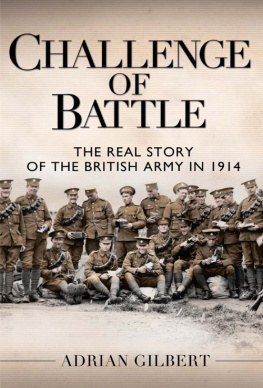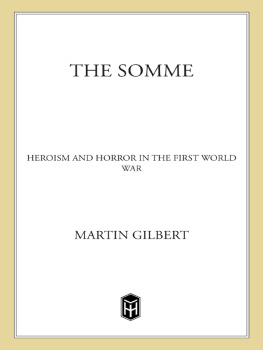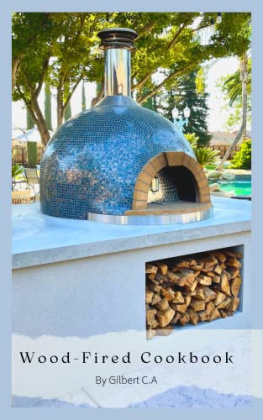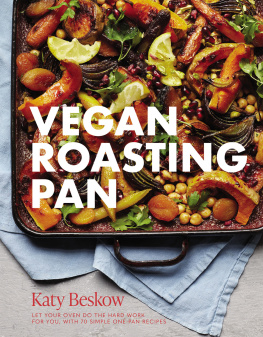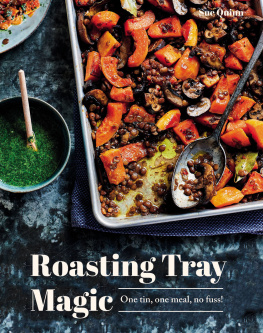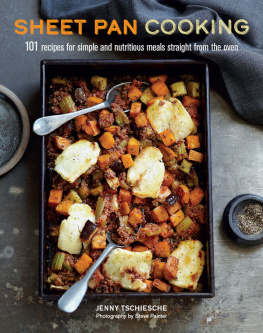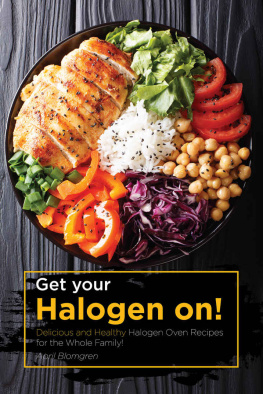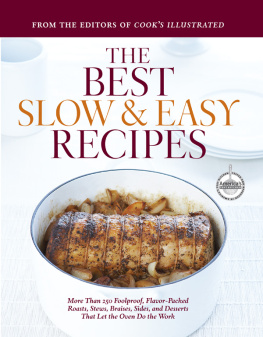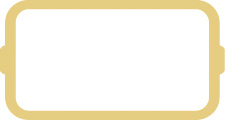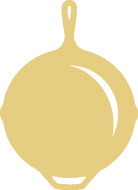Despite my occasional pleading, it turns out that cookbooks dont just write themselves, and Ive got a lot of people to thank for helping me pull this one off. Thank you a million times over:
TO YOU! For picking up this book, and maybe even cooking from it. Thanks for trusting me with dinner (and perhaps dessert, too).
TO THE READERS OF DUNK & CRUMBLE, for the years of support and camaraderie. Youre a pretty wonderful (and attractive) bunch.
TO ALYSSA REUBEN SEDRISH, for going to bat for me. Thanks for being the worlds best agent.
TO AMANDA ENGLANDER (and the whole team at Clarkson Potter), for your faith in me, your tireless work, and your hilarious e-mails.
TO MATTHEW LASOF AND ALISON ADAIR, for all your hard work in the kitchen.
TO ARAN GOYOAGA AND JENN ELLIOTT BLAKE, for bringing this book to life.
TO MAGGIE GILBERT, recipe tester and consultant extraordinaire. I couldnt have done it without you.
TO MOM AND DAD, EM AND CASE, AND THE REST OF MY WONDERFUL FAMILY, thanks for being there always.
TO BEN AND CALDER, for your endless love and encouragement. Thanks for being my best guys.
The One Pan 411
HOW IT WORKS
So how exactly can you use this book? Great question. Ive done my best to pull together a collection of recipes, from brunch to appetizers and side dishes, from hearty meals to desserts, that cook in your oven in ONE single pot or pan. The objective here is ease, simplicity, minimal dish pileup, and as much hands-off cooking time as possible. Its this laid-back oven method (throwing one pan in the oven so that dinneror brunch, dessert, what have youcan cook itself) that makes One Pan & Done stand out from the crowd, and its a method that, come mealtime, I feel confident youll appreciate.
Many recipes in this book call for simply assembling your dish in a pan and then sliding it into the oven to cook (see the , for example)these are the ultimate in hands-off cooking, which, as far as were concerned, is the name of the game.
Others will start on the stovetop and finish in the oven, which lets us do things like get a nice, crusty sear on our . These dishes all finish in the oven, though, because taking advantage of the even, circulating heat in there is helpful both for our food and our sanity. Instead of compulsively standing over a Dutch oven, trying (and, in all likelihood, failing) to resist the urge to uncover and stir the pot every five minutes, with this stovetop-to-oven method we can simply close the oven door and walk away until our perfectly cooked meal is done. Its the out of sight, out of mind version of getting dinner on the table, posthaste.
A small handful of recipes here, mainly the soups, cook entirely on the stovetop, but something about soup just screams low fuss, dont you think? The ones Ive included here are some of my favorite quick and simple meals. They come together without much bother or fanfare (read: hands-on cook time), but are heavy on flavor and comfort. One Pan & Done indeed!
A WORD ON YOUR OVEN
A quick word of warning: Dont trust your oven. Whether its old and run-down or brand-spanking-new, odds are your oven is yanking your chain in one way or another. Maybe it takes forever to preheat, or says its running at 400F when its actually only 325F in there, or maybe the front runs hotter than the back. Depending on the make, model, vintage, and general eccentricity of your particular appliance, these are common issues, although happily, theyre easily fixable. I recommend buying a cheap oven thermometer (a little stainless steel number that either sits or hangs inside your oven) to help you get to know what youre working with, ovenwise. Once youve gotten to know the quirks of your particular appliance, you can compensate appropriately (by setting your oven to 450F instead of 400F when you know it runs cool by 50F, for example, or by rotating your tray of cookies to ensure an even bake).
A PRIMER ON POTS & PANS
So how exactly can we be One Pan & Done? With a small arsenal of trusty pots and pans in our corner, thats how. Marked with a handy symbol, each recipe throughout the book will indicate what pan youll be using. Lets meet our heavy hitters.
The Sheet Pan
A sheet pan, also called a half sheet or rimmed baking sheet, is a wide, flat pan, measuring 18 13 inches, with a 1-inch lip around the edges. Its similar in shape to a jelly-roll pan, but larger and sturdier. Youll want one made of stainless steel or aluminum to ensure it wont buckle or warp from the heat of the oven.
The true beauty of the sheet pan lies in its large surface area and shallow sides, which allow the hot air from your oven to really circulate around whatevers cooking, drawing out moisture and producing extra-crispy chicken skin, succulent veggies, or perfectly browned cake corners. Not only are sheet pans true workhorses in the kitchen (helpful for everything from broiling trays of meat to big-batch baking), but theyre also inexpensive and easy to find. Plus, lining your sheet pans with foil or parchment paper makes cleanup the easiest. I recommend owning at least two.
A few of my sheet pan recipes will call for a wire rack to be set on top of the pan. This fun trick doubles the pan surface (we can roast chicken on the rack and broccoli below, lets say) and imparts lots of flavor to the finished dish (broccoli flavored with chicken drippings, yum). It also doubles as a cooling rack for baked goods! You probably already have a wire rack in your cupboard, but if you dont, look for a sturdy metal one thats ovenproof.
The Cast Iron Skillet
One of the most durable and reliable pieces of kitchen equipment in the bunch, a cast iron skillet is the kind of pan that gets passed down from generation to generation, its seasoned patina building up over time and holding memories of meals long past, like Great-Grandmas fried chicken, Dads sticky cinnamon rolls, or your aunts famous stuffed cabbage. I love a cast iron skillet for its ability to hold heat like crazy and to move seamlessly from the stovetop to the oven, which means we can get a nice sear on the meat (or fish, veggies, what have you) before finishing our meal, hands-free, in the oven. Even if you dont have one thats been passed down for generations, its easy (and cheap) to procure a good one thatll last you foreverLodge makes a great, preseasoned cast iron skillet thatll only set you back about sixteen bucksand for the recipes in this book, a classic, 10-inch skillet is the way to go. (If you dont have a 10-inch skillet, err on the bigger-is-better side, and use a 12-inch instead. Alternatively, you can use your favorite, noncast iron pan; just make sure its oven-safe.)



